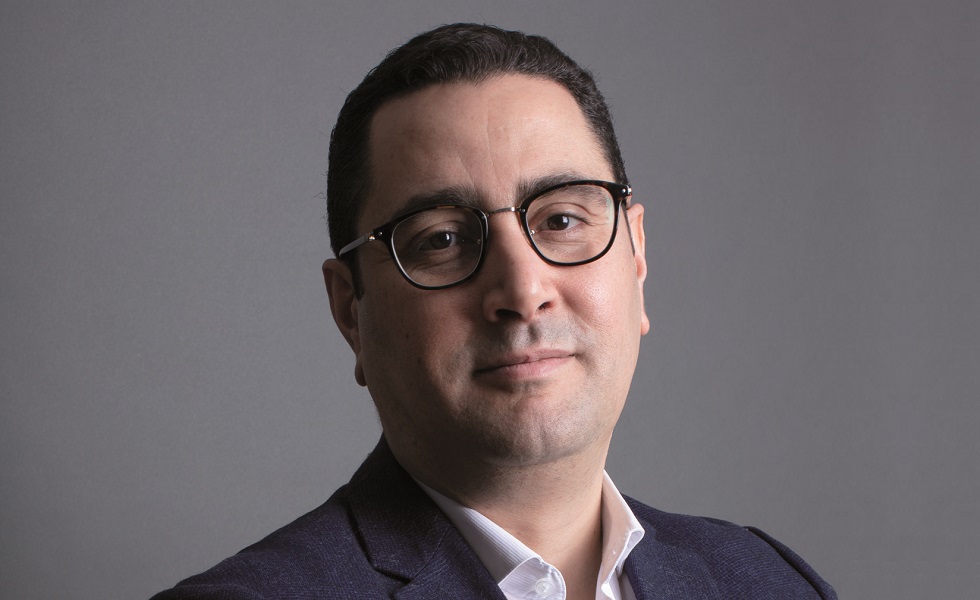La Française AM: Early redemptions appear less risky

By Akram Gharbi, Head of High Yield Investment, La Française AM
In the current rising rates environment, early redemptions, or "calls", which were a significant risk factor in the past years for high-yield target maturity strategies, appear less risky today and we explain why.
Until late 2021, interest rates sharp decline in Europe and in the United States (thanks to very accommodating monetary policies) coupled with the significant credit risk premium compression have clearly accelerated High Yield and private issuers bonds early redemptions (calls). Many of these companies have benefited from this exceptional situation to optimize their balance sheet and refinance their bonds with attractive financial conditions (lower coupons and longer maturities). As a reminder, European High Yield average coupon has been divided by 2 over the last decade from 7% at the end of 2013 to 3.5% at the end of 2021[1]. This is especially due to the heavy interest rate fall (see graph 1).
Bonds' early redemption mecanism
The High Yield universe is mainly (75%) made of bonds that have an early redemption option (“call”) at the issuer’s discretion. The latter will be encouraged to exercise this early redemption if the rate that it can obtain on the bond markets is lower than the coupon of its initial debt (like a household that refinances its mortgage).
By doing so, early redemptions increase (decrease):
- When interest rates decrease (increase)
- And/or when credit risk premiums tighten (spread).
The graph below[2] compares the average coupon on outstanding debt (blue curve) for High Yield issuers to the yield at which these same issuers can refinance on the secondary market (orange curve).
From March 2017 to the end of 2021, except for a short period in 2018 and during 2020 marked by the Covid crisis, the cost of funding offered to issuers on the market (measured by the YTW) was 100 bps or even 200 bps lower than the average coupon of their outstanding debt. This spread allowed companies to repay their debt and to issue new debt at a more attractive cost. This parameter has been very penalizing during these 5 years for High Yield target maturity funds.
The situation has changed since the beginning of 2022 and is becoming much less favorable as the debt cost on the market is now 300bps higher than the initial cost. Early redemptions will no longer be exercised, and we believe that this situation will be more permanent than in March 2020 solely due to the health crisis. The reasons today are mainly fundamental: higher interest rates due to an inflationary environment and wider credit risk premiums due to a possible economy slowdown.
We believe that funds invested in High Yield bonds and in particular target maturity funds should no longer suffer from early redemptions, or only to a much lesser extent.
How do early redemptions impact target maturity funds?
On one hand, early redemptions are a good management principle for issuers since they replace their existing debt with new debt whose coupon is lower than that of the previous one. On the other hand, they are an unfavorable element for the fund’s performance at maturity. Indeed, the fund's yield to maturity is calculated on the assumption that the bonds will be carried to maturity. If a bond is redeemed early and the issuer offers us a debt with a lower coupon, then the yield to maturity of the fund is impacted downwards. Remember that target maturity funds (due to the constraint on final maturity) are often unable to "roll" their exposure to new bonds, unlike an open-end credit fund.
Let us illustrate this situation with a concrete example of a fictitious 6-year target maturity fund. The fund is initially invested equally in 3 bonds (A, B, C) with a maturity of 6 years and a yield to maturity of 5% for each bond. Thus, the actuarial yield of the portfolio at its launch is 5%.

Let’s assume that after 2 years, issuer “B” calls back its 5% coupon bond early because it can benefit from more favorable refinancing conditions. In this case, 4 options are available to the fund manager:
- Keep the cash received from the cash refund. This implies a maturity yield’s dilution since the cash will be remunerated at 0% vs a yield on the purchase of bond "B" of 5%. The average yield to maturity of the portfolio thus decreases to 3.33% in year 2 vs. 5% initially.
- Invest the money received from the redemption in a new debt at current market conditions (say at 3%). The risk of the portfolio is not impacted but the return is. The average yield to maturity of the portfolio is now 4.3%.
- Invest the money received from the call in the remaining bonds (A & C). The return on the portfolio is not impacted but its risk is because the operation increases the concentration of the portfolio therefore significant losses in case of a credit event on A and/or C issuers.
- Invest the money received from the call in a riskier bond that offers a coupon of 5% comparable to that of the initial investment. The return is not degraded but the risk is.
Now suppose that at the end of year 4, issuer “C” also calls its bond 2 years before its maturity. The same 4 options mentioned above remain valid for the fund, however the cost of risk will be higher for option 3 (an even stronger concentration) and options 2 & 3 become more difficult or even impossible to carry out. If the manager opts for the 1st solution (keep the cash in the fund because there is no alternative), the return on the fund is further diluted to 1.65% for the remaining 2 years.
Why rates' surge could be 'a good thing' for target maturity funds?
The recent rise in interest rates and the rise in credit risk premiums have had a significant impact on bond prices. Thus, the average High Yield bond price on the secondary market is currently at 84% of par[3] (not far from the level observed during the Covid crisis).
Generally, the average call price is between 100 to 102% and therefore the bonds’ market price should return permanently above this level to observe a calls resumption. Consequently, early redemptions (“call”) are now very much out of the money (i.e.: the probability of exercising this option is almost zero given the current bond price).
In the optimistic hypothesis of a fast market normalization, the gain for the investor would be significant because he would benefit from a significant appreciation in the prices of the bonds which will converge towards the call and the carry value. Assuming gradual normalization, the investor will benefit from bond carry over a longer period (as calls will remain out of the money for a long time) and from a convergence of prices towards the redemption value.

Conclusion
To some extent, rising rates could be favorable for high-yield target maturity strategies because:
- It reduces the risk of early redemption (« call »)
- And it improves the reinvestment rate in the event of early call. As for the coupons, the latter will be reinvested on stable or even higher returns.
The rise in rates thus reduces the gap between the promise of initial return and the final performance of the investor (convergence of YTW towards YTM) and makes it possible to maintain a stable coupon for investors invested in the distribution share.
[1] Source Bloomberg
[2] Source Bloomberg
[3] Source Bloomberg – Indice ICE BoFA Euro High Yield







